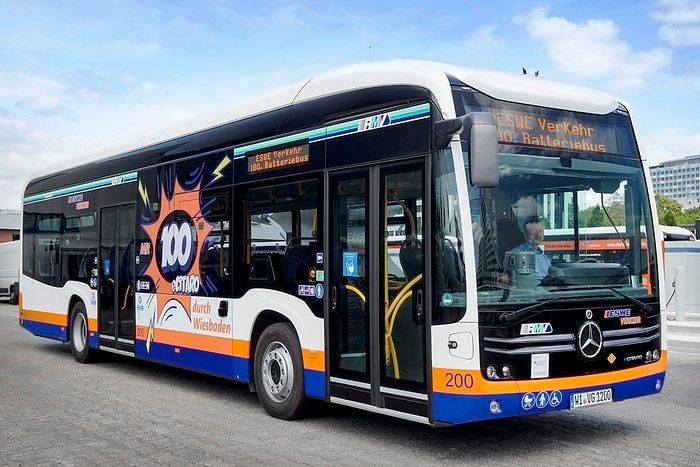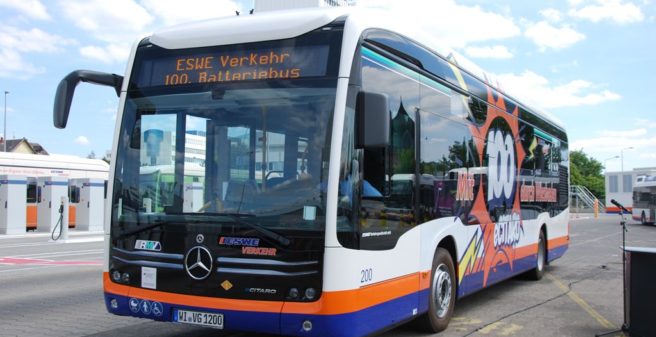
Since 6 July 2022, Wiesbaden, the capital of the German federal state of Hesse, has become one of the big players in Germany when it comes to electric buses: ESWE, the city’s public transport company, took delivery of its hundredth electric bus from the manufacturer Mercedes-Benz. The vehicle numbered 200 is a Mercedes eCitaro.
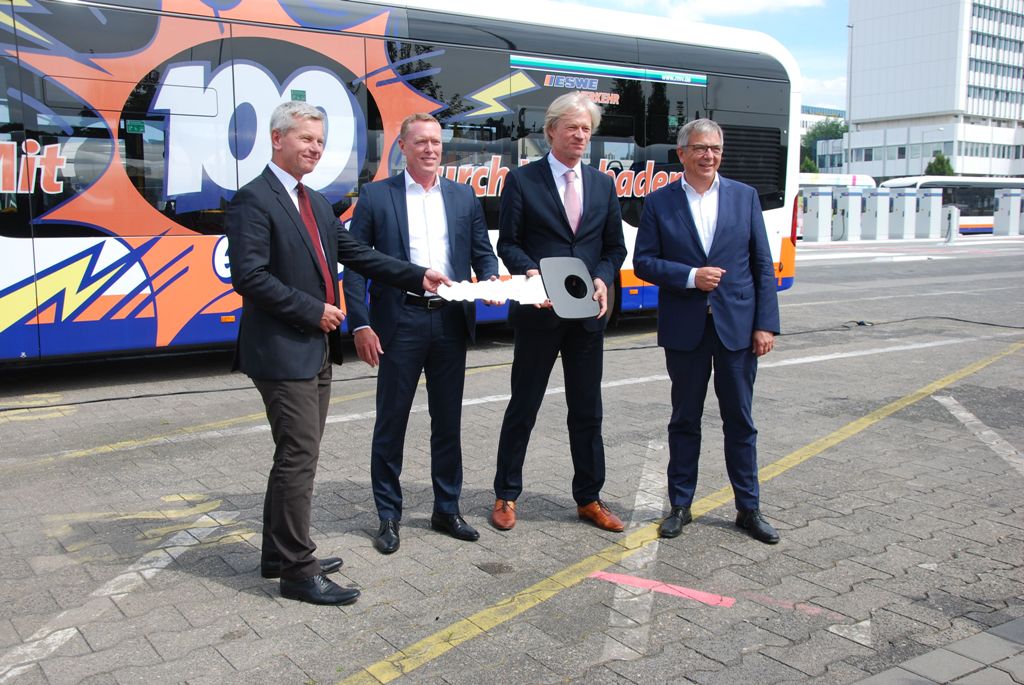
Electric buses since 2019
Electric buses have been on Wiesbaden’s city lines since 2019. At that time, ESWE e-buses no. 100 to 109 started service, and they were already Mercedes-Benz eCitaro. However, they are noticeably different from the e-busescars that have now joined ESWE. The most obvious difference is the much shorter range. Whereas the old electric buses had a range of 150 to 200 kilometres at the most, the ones now delivered have a range of 280 kilometres. And when the 100th e-bus was handed over, it was emphasised that the development of batteries is still making great progress.
The technology of Wiesbaden’s new eCitaro
Wiesbaden’s new eCitaro have seven lithium-ion polymer (LMP) batteries lined up in a row on the left edge of the roof. They are “solid state batteries”. Their manufacturer is the French company “Blue Solution”, a subsidiary of the Bolloré Group. (However, Mercedes is planning its own battery factory in the Esslingen district).
In contrast, ESWE’s first ten eCitaro have 12 nickel-manganese-cobalt (NMC) batteries made by Akasol. The fact that ESWE’s new electric buses have a significantly greater range with fewer batteries shows that the storage capacity of the batteries has made significant progress in recent years.
Jan Görnemann, ESWE’s managing director: “Yes, it is conceivable that we will upgrade our ten oldest eCitaro to more modern, more powerful batteries.”
Also on the roof of the new eCitaro is a box with the cooling system for the batteries and an inverter – the bus “fills up” with direct current but runs on alternating current.
Charging Wiesbaden’s electric buses
The batteries of Wiesbaden’s electric buses are recharged exclusively during the night at the depot (over-night charging). This has a great advantage: since the bus does not need any charging infrastructure on the line, it can be used completely freely throughout the network. And Wiesbaden is by no means alone in opting for this system: for example, in Munich at MVG and in Bonn at SWB, the electric buses are only charged overnight at the depot. The alternative system (opportunity charging on the line) gives the vehicles an almost unlimited range, because they can always be recharged on the way. However, this has the disadvantage of very high investment costs for the charging infrastructure, which has to be built at many points in the route network).
At the only ESWE depot so far on Wiesbaden’s Gartenfeldstraße (right next to the main railway station), there are 96 charging points for the electric buses supplied by Heliox. This means that there is also a stationary charging point for almost every Wiesbaden eCitaro, 96 buses can be charged at the same time without any constraint on the city’s power grid.
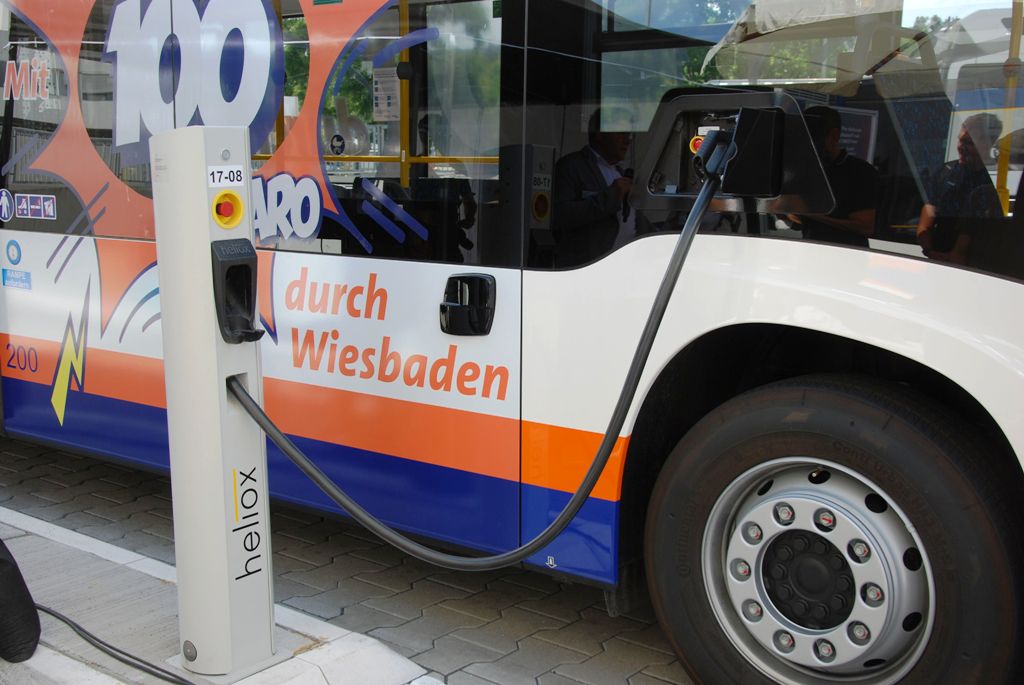
Recharging can be done in two ways: slowly, in which case it takes about five hours, or quickly. The Heliox charging stations can do both. ESWE’s statement: “We prefer to charge slowly, then the batteries live longer. But if a car arrives at the yard at 2 a.m. and has to be back on the line at 4 a.m., then there is no time for slow charging.” The connection between the charging station and the bus is made by means of a cable and CCS combo plug, which is connected above the front right wheel arch.
The bus is propelled by the ZF AVE 130 electric axle, into which two wheel hub motors with an output of 250 kW are integrated. And because the bus has wheel hub motors, technology for controlling the bus’s electric traction can be accommodated at the rear, where a diesel bus would have its engine.
At the depot
The major fires that have already occurred have prompted ESWE to be cautious. Quote: “It has not been proven in any of these fires that they were started by an electric bus, but better is better.” That is why the electric buses keep to themselves when parked in the depot, and they also keep their distance from each other. “Whereas we used to park the diesel buses packed tightly together, now we make sure that rescue workers can get everywhere between the buses in case of an emergency.”
However, this leads to a problem: with “airy” positioning, the depot on Gartenfeldstraße is too small for ESWE’s 330 buses. So, nolens volens, buses have to be parked on the public road in front of the door and an area of a car park opposite has been partitioned off with a site fence for ESWE buses. Not ideal conditions.
Twenty more electric buses in 2030
The result is that only 20 more electric buses are scheduled to arrive in 2023. “After all, then we will have 120 battery buses, plus our 10 hydrogen buses. So by the end of next year, more than one in three of our buses will already be electric.” (Note: on the side it was learned that ESWE are also very satisfied with their hydrogen buses).
Planned: a second depot
To avoid such crowded conditions, ESWE needs a second depot. This would have to have an area of 40,000 square metres. “And we need it to be able to accommodate more electric buses. We are looking for a suitable site.”
And in response to the question about electric articulated buses: no, electric articulated buses have not yet been put out to tender, and because of the limited space at the depot, diesel buses will be used for the time being.
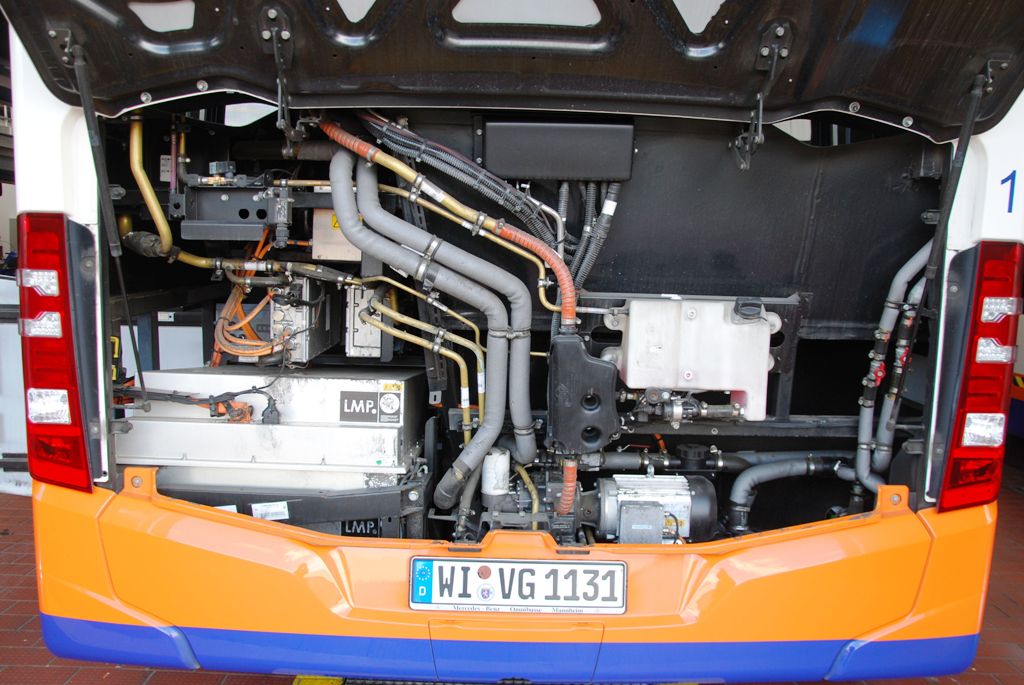
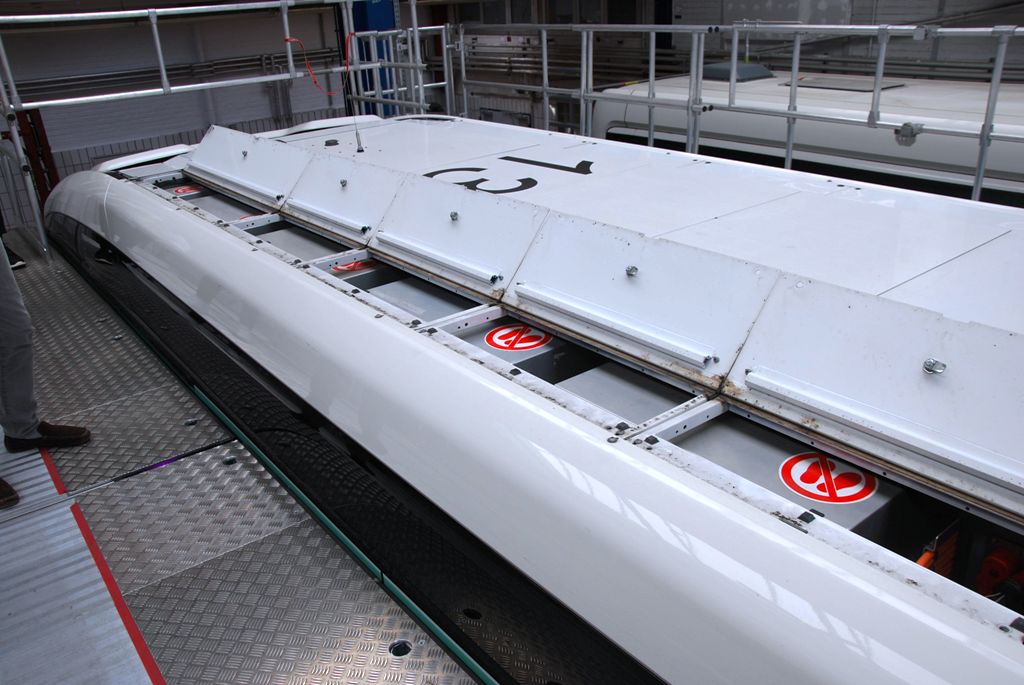
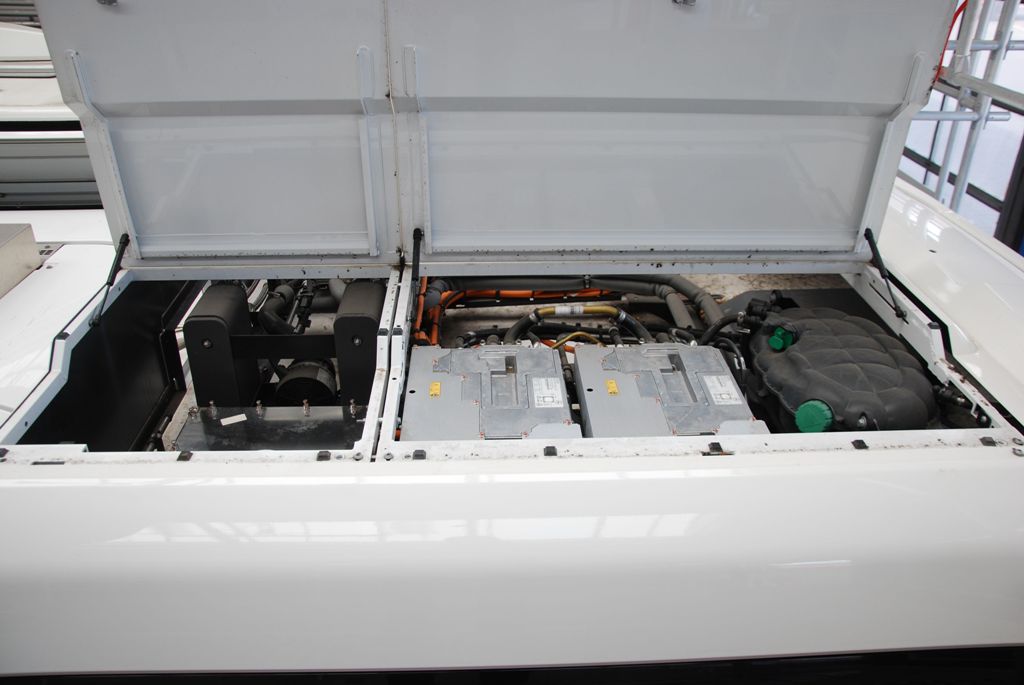
Technical data:
| eCitaro 2019 | eCitaro 2021+2022 | |
| Passenger capacity: | 74 passengers | 74 passengers |
| 3 seated, 40 standing | 34 seated, 41 standing | |
| Number: | 10 | 90 |
| Length: | 12.135 mm | 12.135 mm |
| Width: | 2.550 mm | 2.550 mm |
| Height: | 3.400 mm | 3.400 mm |
| Range: | 150 – 200 Kilometer | approx. 280 Kilometer |
| Batteries: | Nickel-Mangan-Cobalt (NMC) | Lithium-Ionen-Polymer (LMP) solid-state batteries |
| Manufacturer batteries: | Akasol | Blue Solutions |
| Number of batteries: | 12 | 7 |
| Battery capacity: | 292 kWh | 441 kWh |
| Drive axle: | ZF AVE 130 | ZF AVE 130 |
| 2 integrated wheel hub motors | 2 integrated wheel hub motors | |
| Power: | 250 kW | 250 kW |
| Max. Torque | 2 x 485 Nm | 2 x 485 Nm |
| Gross vehicle weight rating: | 20.000 kg | 20.000 kg |
